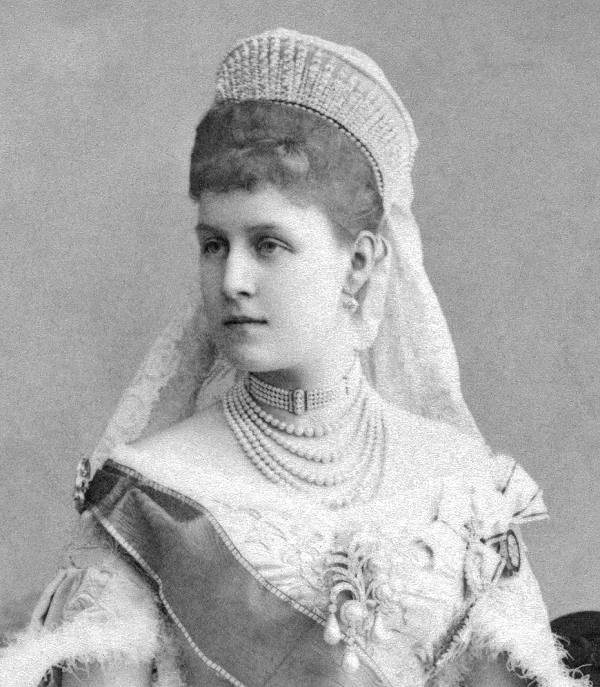 |
| Wikimedia Commons |
Jewel History: Buys $50,000 Necklace for $20 (1908)
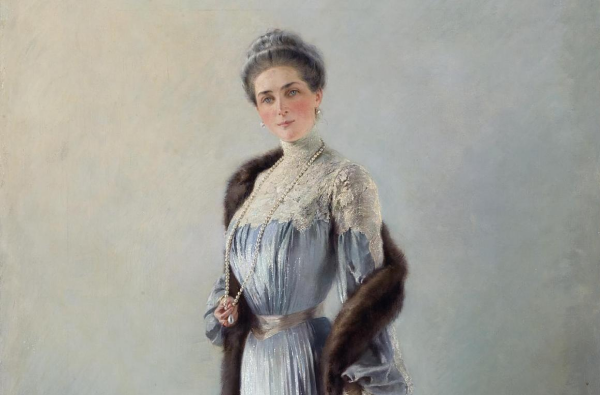 |
| Aleksey Stepanov’s 1903 portrait of Princess Zinaida Yusupova wearing her pearls (Wikimedia Commons) |
PARIS, March 14 — The joy of a woman who, through the blunder of a clerk in a jewelry store, is able to buy a $50,000 pearl necklace for $20 must be intense. But it is only a circumstance to the sorrow of the employer of the clerk whose innocence made the mistake possible. Luckily for the jeweler (and the clerk) the woman who purchased the string of precious stones was honest when put to the severe test and returned them when she discovered that a most amazing mistake had been made.
A story like this deserves to take its place side by side with the one that tells of the buying of Manhattan island for a paltry $14. It is more incredible to present day readers. Yet it is just as true, for this comedy, which came very near being a tragedy, involving as it did the possible ruin of the jeweler, has just been enacted here.
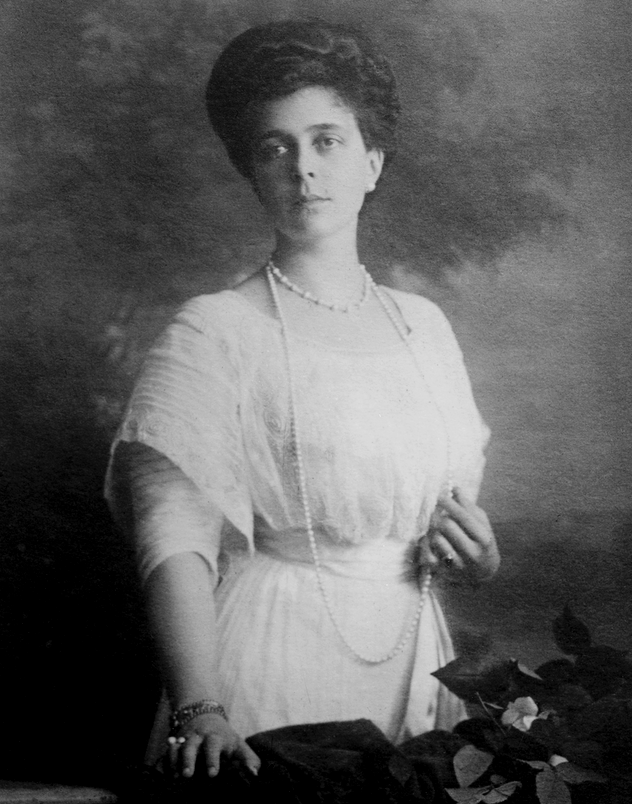 |
| Princess Nicholas of Greece and Denmark, born Grand Duchess Elena Vladimirovna of Russia, wears her pearls (Grand Ladies Site) |
Mme. Rochelle, the wife of a prosperous lawyer, wishing to purchase a high-class imitation pearl necklace for herself, repaired to a well known establishment in the Rue du Louvre. Now it so happens that this same store is patronized by the rich and the titled who wish clever imitations for their famous jewels made for public wear. This is a common practice, some owners of magnificent collections going so far as to have every stone in their possession duplicated in paste.
Among the customers in this way, of the store, was a famous Russian princess, whose pearls are the talk of Paris, where she resides, and the envy of her less fortunate friends [1]. Some days previous to the visit of Mme. Rochelle to the store the titled customer had left to be imitated a string of rare pearls, valued at $50,000. In getting it together, dealers in Paris and elsewhere had been running their legs off for many months and when it was finally delivered to its owner it was pronounced worthy to take its place beside other almost priceless necklaces worn on royal throats.
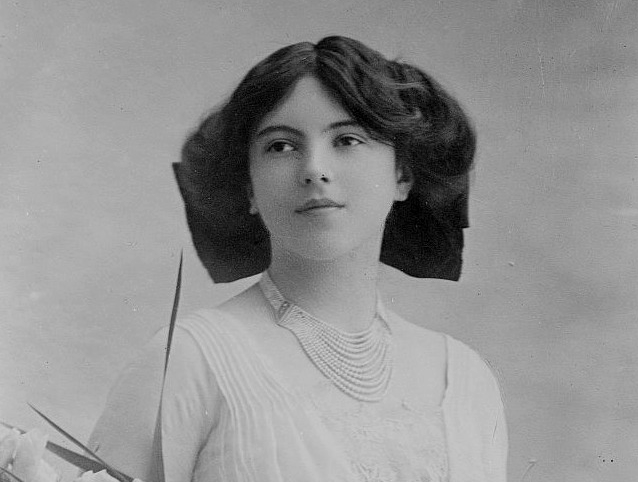 |
| Countess Nadejda de Torby, later the Marchioness of Milford Haven, wears her pearls (Grand Ladies Site) |
The proprietor of the store, into whose hands the Russian princess had delivered this valuable necklace, placed it in one of the safes, along with several imitation strings, but on a separate shelf. He did not, however, speak to any of the assistants about its presence there. So when Mme. Rochelle entered and asked to see a number of necklaces, among the other strings brought from the safe for her inspection was the one of real pearls belonging to the Russian princess.
Now, the wife of a French lawyer was no judge of pearls. It is safe to say that she would not be able to tell the difference between a real jewel and the imitations sold by this excellent store in the Rue du Louvre. Yet it did not take her very long to decide that she wanted the real pearls in preference to the imitations. Imitations are all very well when compared with the ordinary pearls that reach the open market, but the man who can creditably reproduce the pearls that find their way into a $50,000 necklace has yet to see the light of day.
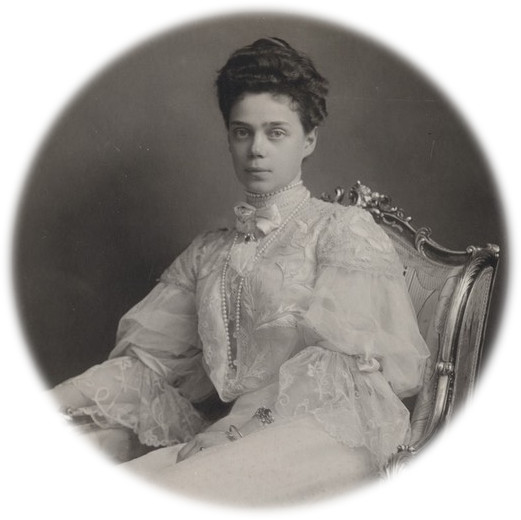 |
| Grand Duchess Xenia Alexandrovna of Russia wears her pearls (Grand Ladies Site) |
With her “imitation” pearls under her arm, Mme. Rochelle paid spot cash and departed, leaving behind no clue to her identity. A few days later, at a dinner party, she wore the necklace for the first time. Several of the guests admired it, but most of them concluded, knowing Mme. Rochelle’s circumstances in life, that it was a very clever imitation of the real article. Finally, one who knew more about jewels than the ordinary man in the street, remarked upon its beauty, saying: “It must be worth at least 200,000 francs.”
“Oh, no,” replied Mme. Rochelle, laughing at the idea. “As a matter of fact, I bought it not many das ago and only paid a hundred francs for it.”
“But I assure you,” the man persisted, “that it is worth much more than that. I know something about stones myself and am certain I am right. However, I have a friend here who is a connoisseur of pearls and he will know at once.”
He accordingly brought his friend who, after examining the necklace, confirmed his friend’s opinion that the pearls were real ones and of great value.
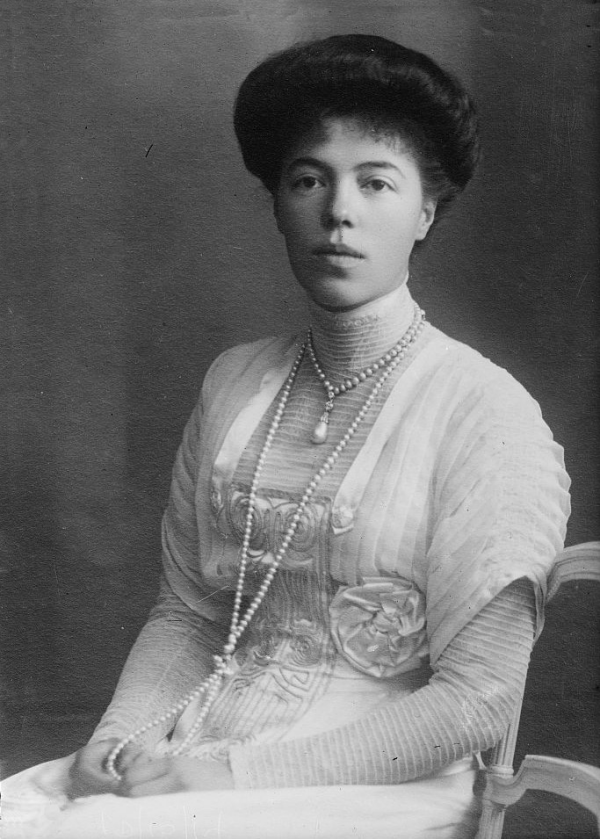 |
| Grand Duchess Olga Alexandrovna of Russia wears her pearls (Grand Ladies Site) |
Meanwhile, in the Rue du Louvre, the proprietor and his unfortunate assistant were having 57 varieties of convulsions. They never expected to see Mme. Rochelle again and the proprietor was making preparations for putting up the shutters and closing the business out, for if he was compelled to pay the Russian princess for her lost necklace he would not only be ruined financially for the time being but he would lose all his titled customers thereafter. He determined, however, to keep the matter a secret until the princess demanded her necklace back, and he hardly took his eyes off the door dreading as he did a call from that individual.
The day following Mme. Rochelle’s dinner party, with many sighs and regrets, that estimable woman packed up the beautiful pearls and repaired to the store in the Rue du Louvre. Immediately she stepped inside the door, the proprietor and several of the assistants rushed excitedly toward her. Imagine their surprise and joy when she held out the package towards them and announced that she had brought the pearls back [2].
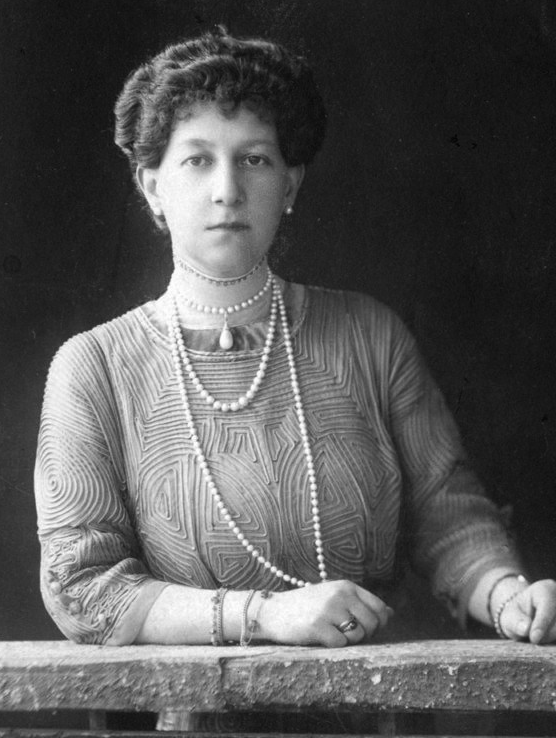 |
| Grand Duchess Maria Georgievna of Russia, born Princess Maria of Greece and Denmark and known as “Greek Minnie,” wears her pearls (Grand Ladies Site) |
NOTES
1. There are lots of Russian royals and aristocrats who spent at least part of their time in Paris during the pre-revolutionary era, but the one with the most famous jewel collection was Princess Zinaida Yusupova (1861-1939), who was the sole heiress to the largest Russian fortune of the period. Much of her collection was either lost or sold following the revolution. But we don’t know whether this story is referencing her, so I’ve just included lots of photos of Russian titled women from the era in their pearls. Enjoy!
2. So … was the story true? I’ve found it difficult to find any reference to this story that doesn’t come from similar newspaper reports, probably all sourced from one or two widely syndicated pieces. If the story were true, after all, the jeweler wouldn’t want it to be public knowledge! So we just don’t really know.
The Daily Diadem: The Ruby Olive Wreath Tiara
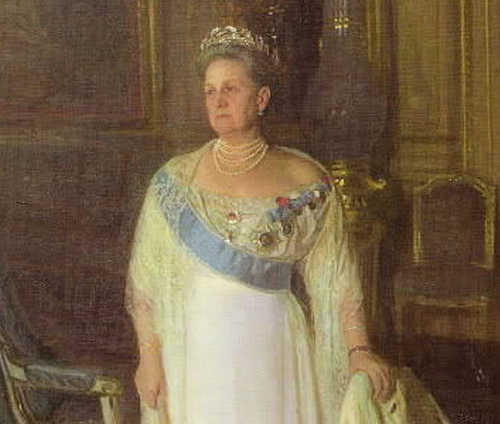 |
| Grand Ladies Site |
- « Previous Page
- 1
- …
- 25
- 26
- 27
- 28
- 29
- …
- 58
- Next Page »